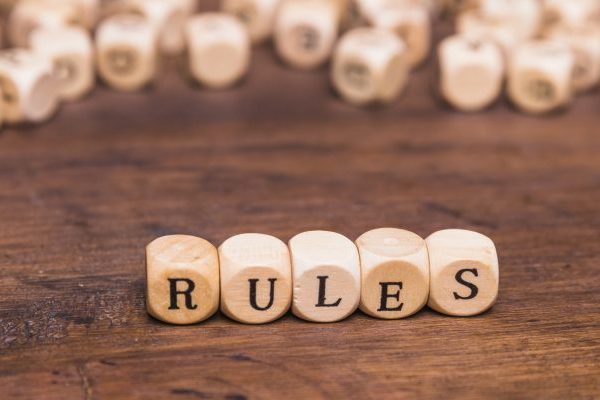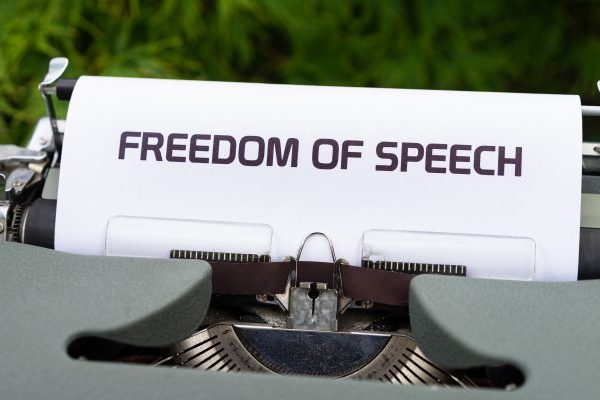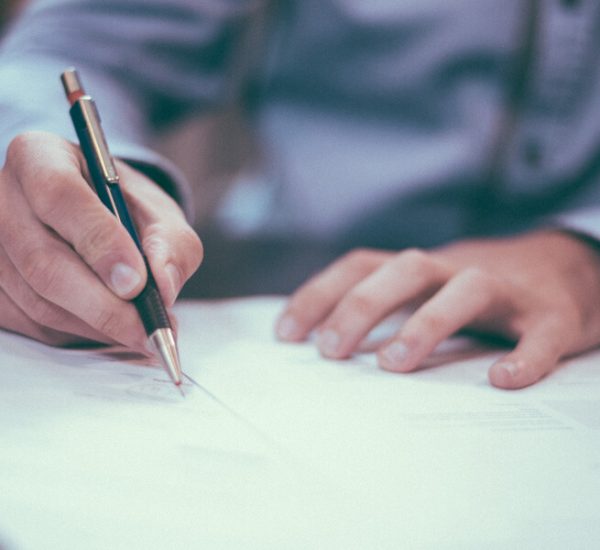Legal Update Greetings from Talwar Advocates! We would like to bring to your notice about the recent order passed by the Delhi
With India having the second-highest digital consumption and internet users in the world, makes it a lucrative market and a breeding ground
Recently we wrote about the new rules for social media in India, that caused uproar. Well, this seems to be the theme
Who is a Performer? A “Performer” under the Copyright Act (Act) includes an actor, singer, musician, dancer, acrobat, juggler, conjurer, snake charmer, a person
Social media has helped us build bridges in a time we couldn’t traverse real ones. Then came along these new IT rules
Music has always remained an integral part of Bollywood and the music industry has seen an incremental rise in the last ten-fifteen





